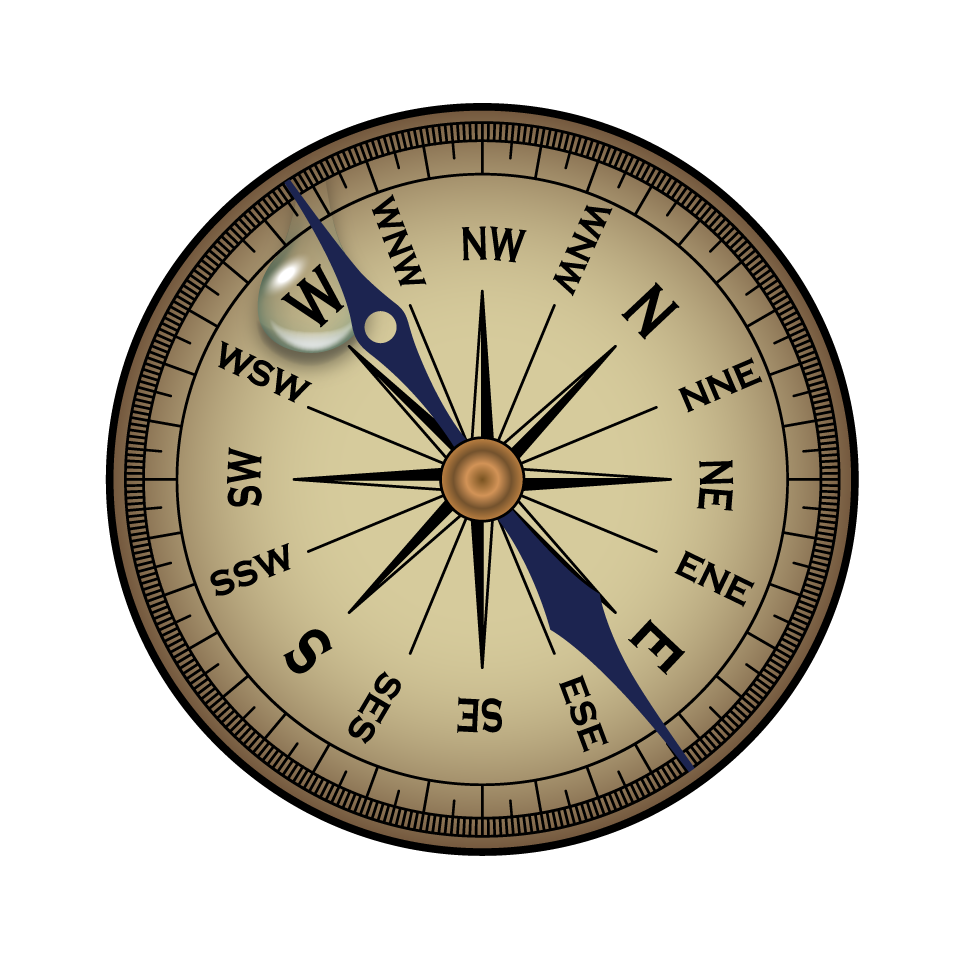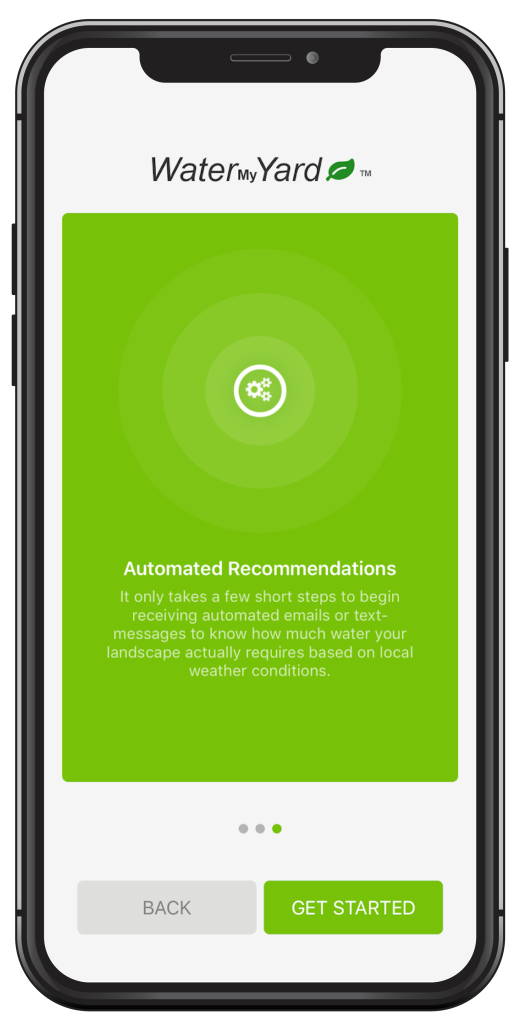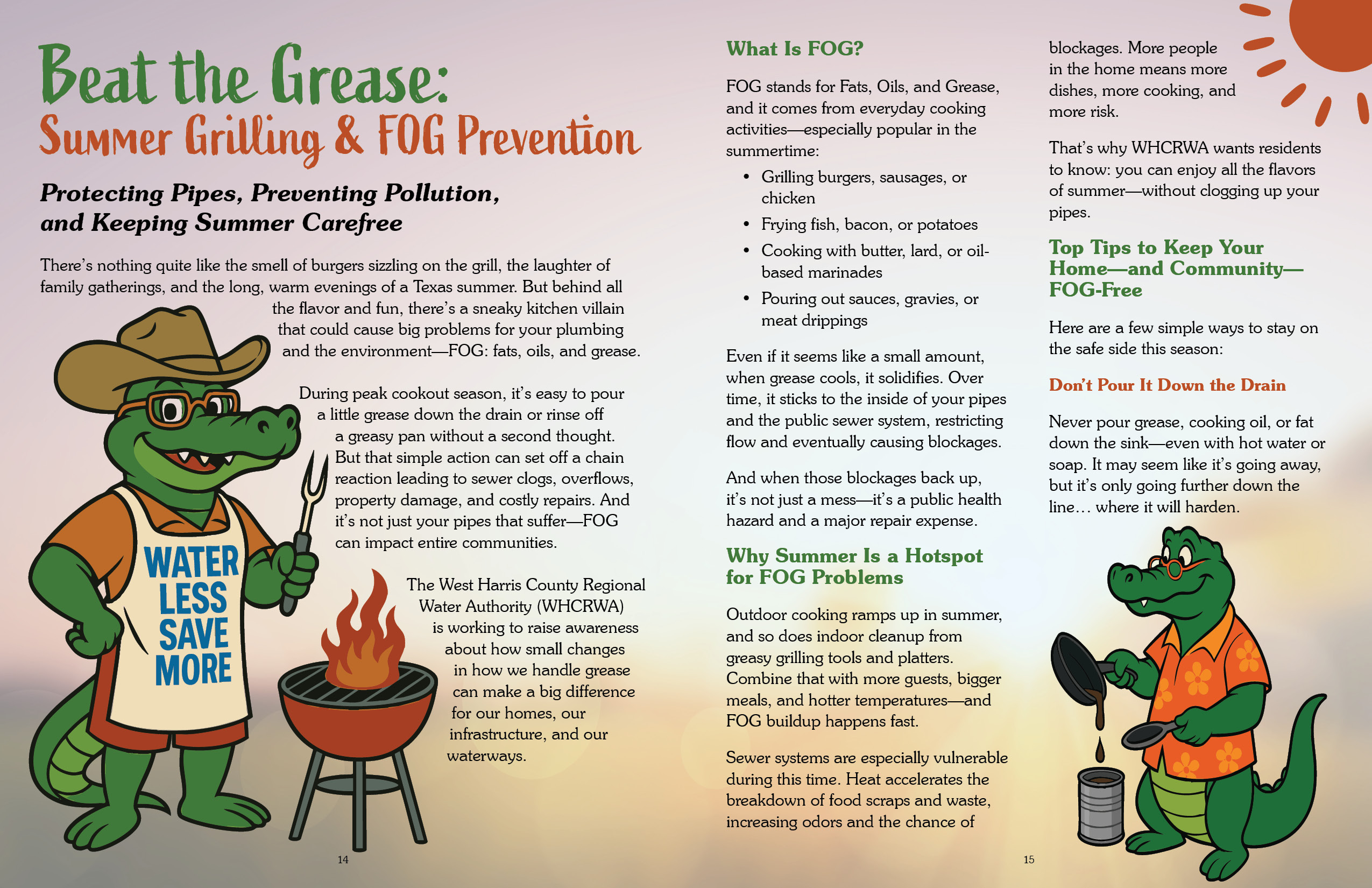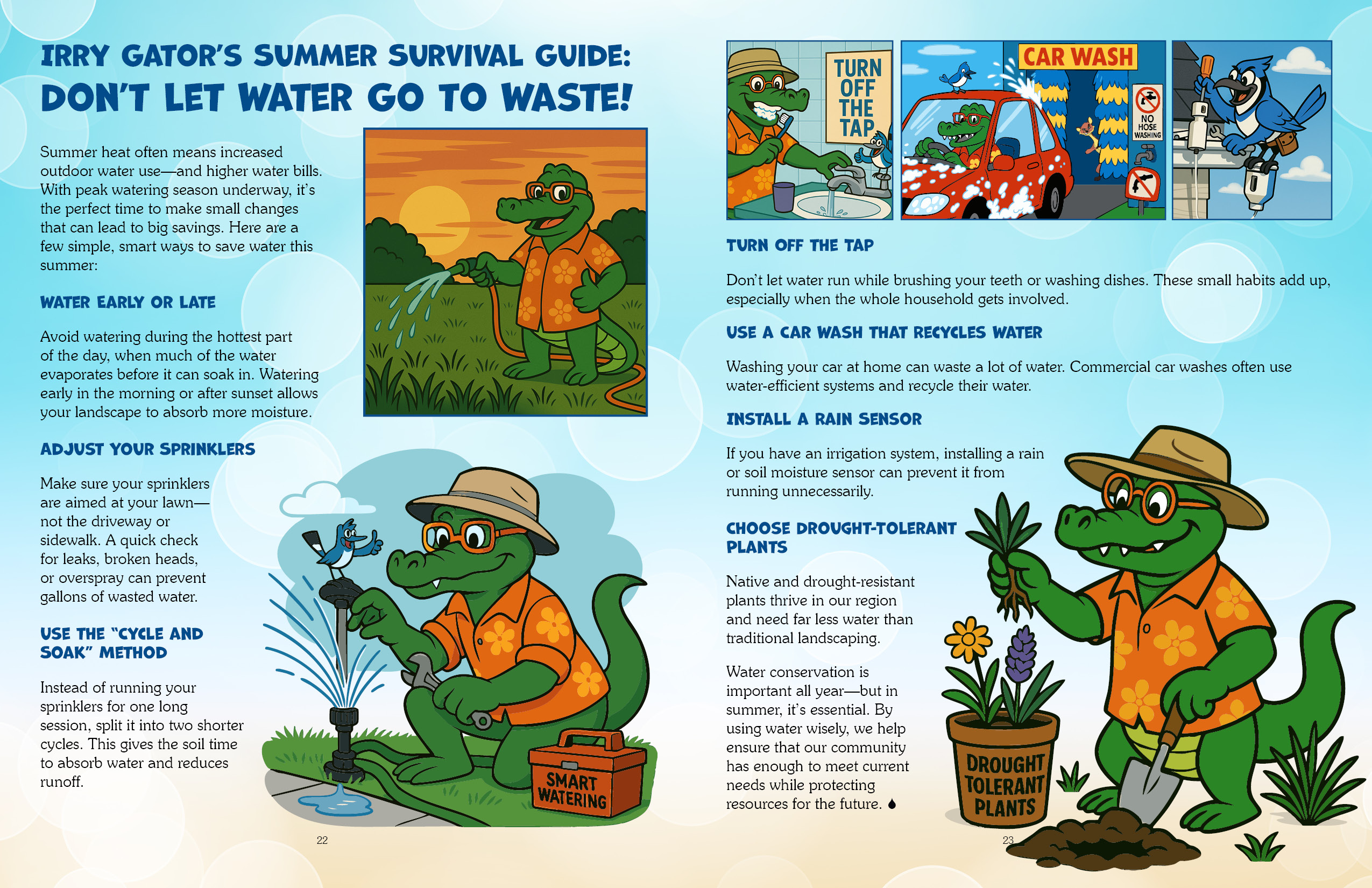Covid driving up home water use

The average US home used nearly 729 additional gallons of water in April than it did in February, 2020 according to a new study from Phyn, a leak detection, water-monitoring device company. This means usage was up 21% daily, as most Americans followed orders to work and shelter from home, in an effort to “flatten the curve” and curb the spread of the coronavirus.
The spike in water use seems perfectly plausible, given that trends and shifts in water use were bound to change, as people spent more time at home. The Phyn study explains how the 24.3 gallons a day in the US is broken down:
- 21% more sink use
- 20% more toilet use
- 16% more shower use
- 3% more washing-machine use.
“We anticipated and were correct in the assumption we’d see a natural increase in sink and toilet use, as a result of just ‘being home,’” said Ryan Kim, Phyn CEO. “On the flip side, we predicted fewer showers taken, as workers did not have to go into the office and kids weren’t leaving for school.”
The US state hardest hit by COVID-19, New York, also had the highest daily water consumption at the early epicenter of the pandemic: 28% used more at home (30.9 gallons) on a daily basis.
Minnesota also had a big surge, from 135.1 in February to 168.6 (or a 25% rise) in April. The most populated state (40 million residents or 12% of the entire US), California, was at 141.7 in February, and up to 158 in April (or 11.5% rise). Meanwhile, the second-largest state, Texas, went from 129.5 to 145.5 gallons of water, from February to April.
Shifting Bathroom Habits
According to the Phyn study, “Water consumption patterns are following other notable trends of the new normal stay-at-home life.” Families are no longer all rising and using peak morning consumption at 7 am, but two hours later, at 9 am. Despite the significantly later-in-the-morning start, the average day still wraps at the time it previously did.
The highest increase in water use happens in the afternoon, presumably when e-schoolers and their employed adult residents take a break, get up to use the restroom, wash their hands, or prep meals.
If Americans have learned one thing from the COVID-19/infectious disease experts, it’s that washing hands is an imperative, and likely a major contributor and self-protector. The average US household visited the sink in their home nearly 50 times daily in April, which is 10 more daily visits than in February.
The study shows families making more short trips to the sink (0-15 seconds in duration) in April, 27 times daily — up from 22 in February. Slightly longer trips, which the report cites as within the CDC handwashing guidelines, (15 to 25 seconds) occurred 13 times per day, up from 11 seconds in February.
On the average, Americans are using their home bathrooms three times more in April than they did in February. To compare, New Yorkers are actually flushing their toilet five times more in April than they did in February.
Whether Americans are adopting a regular fitness regime and sweating more, they’re also apparently showering more – as many as three times a week more – than they did before the pandemic.
The average general water-use starts later in the day, and shower habits follow accordingly. Morning showers have shifted to later in the morning. There was also an increase in midday (noon to 4 pm) showers — up nearly 40% — as were evening (4 pm to 11 pm) showers, up a little more than 20% than in February.
“We don’t generally think about water until the bill comes, but we’re constantly using it throughout the day, every day,” Kim explained. “It’s logical that increased home water usage is a byproduct of the COVID-19 lockdowns, and highlights the impact this virus has on the consumption of a precious and finite resource.”
“We anticipate seasonal increases in water use for irrigation and expect to see a gradual offset of increased consumption, as cities open up,” Kim said. “People will spend less time at home and shift some of their daily water use to work, restaurants, and other businesses. What will be very interesting is to see and compare how quickly this shift happens based on the timing of, and adherence to, local restrictions.”
Based on an article by N.F. Mendoza, a writer at TechRepublic, on a report from the smart-water monitoring company Phyn that chronicled the spike in US water use from pre-pandemic, Feb. 1, to mid-crisis, April 30.











